Panda dwarf cichlid - Apistogramma nijsseni
Scientific name: Apistogramma nijsseni
Common name: Panda dwarf cichlid
Family: Cichlidae
Usual size in fish tanks: 6 - 8 cm (2.36 - 3.15 inch)
014
Recommended pH range for the species: 5 - 7
Recommended water hardness (dGH): 2 - 15°N (35.71 - 267.86ppm)
0°C 32°F30°C 86°F
Recommended temperature: 23 - 30 °C (73.4 - 86°F)
The way how these fish reproduce: Spawning
Where the species comes from: South America
Temperament to its own species: peaceful
Temperament toward other fish species: peaceful
Usual place in the tank: Middle levels
Panda Dwarf Cichlid Overview
The Panda Dwarf Cichlid (Apistogramma nijsseni) is a small, peaceful cichlid species native to the freshwater rivers and streams of South America. Known for their stunning coloration and unique patterns, they make a vibrant addition to planted aquariums. Reaching a typical size of 6 to 8 cm (2.36 to 3.15 inches) in captivity, these cichlids are relatively peaceful and can be kept with other non-aggressive tank mates.
Tank Requirements
Panda Dwarf Cichlids thrive in well-planted aquariums with ample hiding places. A tank size of at least 60 liters (15 gallons) is recommended for a small group. Incorporate plenty of plants and driftwood to replicate their natural habitat, providing cover and reducing stress. Including rocks and caves in the setup will help the fish establish territories and encourage natural behaviors.
Maintain the water temperature between 23-30°C (73.4-86°F), with a pH range of 5 to 7 to mimic their native waters. Soft, slightly acidic water is preferred, with water hardness between 2 to 15°N (35.71 - 267.86 ppm). Ensure that the tank is equipped with an efficient filtration system to keep the water clean, as this species is sensitive to poor water quality.
General Care
Panda Dwarf Cichlids are relatively sensitive to changes in water parameters, so they require a stable and well-maintained environment. Regular water changes (at least 20% weekly) are crucial to maintain water quality. This species is not recommended for beginners due to its specific care needs and sensitivity to fluctuations in water conditions.
These cichlids appreciate dimly lit tanks with floating plants to diffuse light, which helps create a more natural and stress-free environment. Adding leaf litter to the substrate can further replicate their natural habitat, releasing beneficial tannins into the water and promoting the ideal conditions for this species.
Feeding
Panda Dwarf Cichlids are omnivorous and benefit from a varied diet. Their staple diet should include high-quality flakes or pellets formulated for cichlids, supplemented with live or frozen foods such as brine shrimp, daphnia, and bloodworms. Offering occasional plant-based foods, like spirulina-based flakes, will help ensure balanced nutrition. Feed small amounts 2-3 times daily to avoid overfeeding and maintain water quality.
Compatibility and Tank Mates
Panda Dwarf Cichlids are peaceful and can be kept with other non-aggressive fish species. Suitable tank mates include small tetras, rasboras, Corydoras catfish, and peaceful plecos like the Bristlenose Pleco. They also do well with other dwarf cichlids that share similar water parameter preferences. Avoid housing them with larger or aggressive fish, as this can cause stress and health issues.
Breeding
Panda Dwarf Cichlids are cave spawners, and breeding can be encouraged by providing plenty of hiding spots using rocks, coconut shells, or clay pots. The female will lay eggs in a secluded cave, and both parents exhibit strong parental care, guarding the eggs and fry. Once the eggs hatch, the fry can be fed newly hatched brine shrimp or finely crushed flakes. Maintaining stable water conditions is key to successful breeding and fry development.
Short Description
The Panda Dwarf Cichlid (Apistogramma nijsseni) is a beautiful, small cichlid native to South America. With its peaceful temperament and stunning coloration, it makes an ideal addition to a well-maintained, planted aquarium. However, due to its sensitivity to water conditions, it is best suited for experienced aquarists. Proper care, a varied diet, and stable water parameters are essential for keeping this species healthy and thriving.
Pictures
Bought by aqua-fish.net from jjphoto.dk.




 Thread-finned
Thread-finned  Acara
Acara 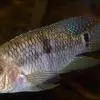 Yellow
Yellow 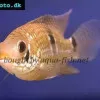 Patrick's
Patrick's  Blue
Blue 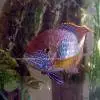 Green
Green  Acara
Acara  White
White  Compressed
Compressed 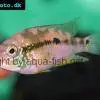 Pastel
Pastel 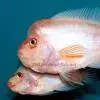 Midas
Midas 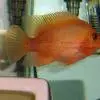 Red
Red 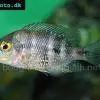 Bluemouth
Bluemouth  False
False  African
African 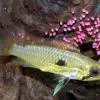 Agassiz's
Agassiz's  Banded
Banded  Yellow
Yellow 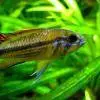 Cockatoo
Cockatoo 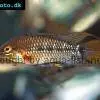 Blue
Blue  Blackstripe
Blackstripe 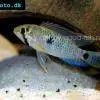 Highfin
Highfin 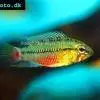 Redstripe
Redstripe  Threadfinned
Threadfinned 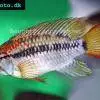 Macmaster’s
Macmaster’s 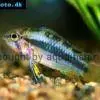 Norbert’s
Norbert’s 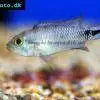 Blue
Blue 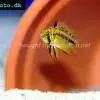 Thin-line
Thin-line 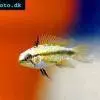 Three-striped
Three-striped  Viejita
Viejita  Flier
Flier 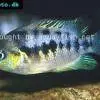 Archocentrus
Archocentrus 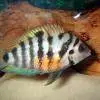 Convict
Convict 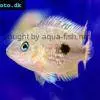 Seven
Seven 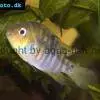 Blue-eye
Blue-eye 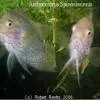 Spiny
Spiny  Oscar
Oscar 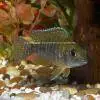 Sunshine
Sunshine 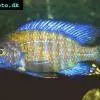 Chitande
Chitande  Firebird
Firebird 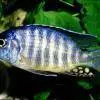 Midnight
Midnight 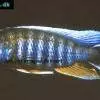 Lake
Lake  Sunshine
Sunshine 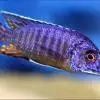 Aulonocara
Aulonocara 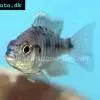 Nyasa
Nyasa  Ruby
Ruby  Grants
Grants 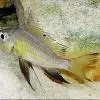 Aulonocranus
Aulonocranus 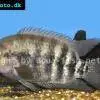 Chameleon
Chameleon 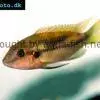 Benitochromis
Benitochromis  Orinoco
Orinoco 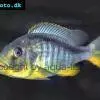 Yellow
Yellow  Brichard’s
Brichard’s 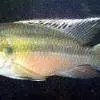 Guenther’s
Guenther’s 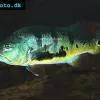 Cichla
Cichla 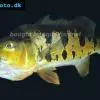 Peacock
Peacock 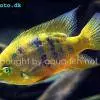 Chiseltooth
Chiseltooth 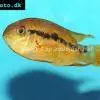 Bolivian
Bolivian 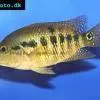 Red
Red 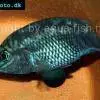 Many-pointed
Many-pointed  Jack
Jack 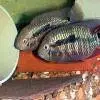 Red
Red  Yellow
Yellow 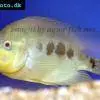 Three
Three 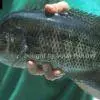 Mayan
Mayan 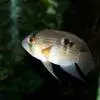 Keyhole
Keyhole  Azureus
Azureus 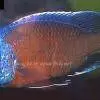 Red
Red 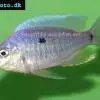 Jackson’s
Jackson’s  Crenicichla
Crenicichla  Honduran
Honduran 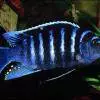 Afra
Afra  Frontosa
Frontosa  Slender
Slender  Malawi
Malawi  Chequerboard
Chequerboard  Checkerboard
Checkerboard 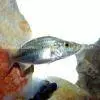 Malawi
Malawi  Ectodus
Ectodus 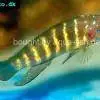 Tanganyika
Tanganyika  Canara
Canara 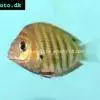 Green
Green 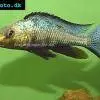 Rostratus
Rostratus 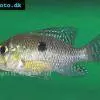 Pearl
Pearl  Geophagus
Geophagus  Yellowhump
Yellowhump 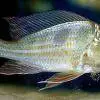 Suriname
Suriname  Redhump
Redhump 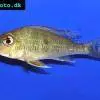 Red
Red  Dority’s
Dority’s 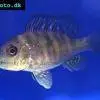 Argentine
Argentine 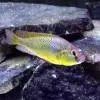 Burton’s
Burton’s  Victoria
Victoria  Haplochromis
Haplochromis 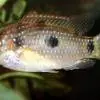 Jewel
Jewel 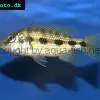 Banded
Banded  Lifalili
Lifalili 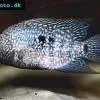 Lowland
Lowland 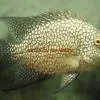 Texas
Texas 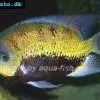 Pantano
Pantano 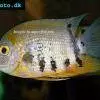 Severum
Severum 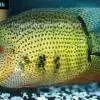 Banded
Banded  Severum
Severum  Rainbow
Rainbow  Parrot
Parrot  Chocolate
Chocolate 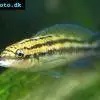 Brown
Brown 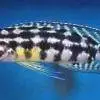 Marlieri
Marlieri  Golden
Golden 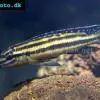 Striped
Striped  Masked
Masked 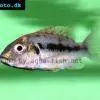 Konye
Konye 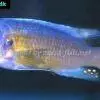 Blue
Blue 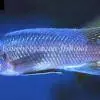 Trewavas
Trewavas  Electric
Electric  Dwarf
Dwarf 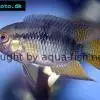 Redbreast
Redbreast  Lamprologus
Lamprologus  Gold
Gold 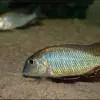 Greenface
Greenface 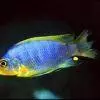 Aurora
Aurora  Blue
Blue  William’s
William’s 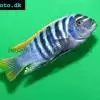 Zebra
Zebra 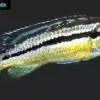 Malawi
Malawi 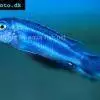 Blue
Blue  Blue
Blue 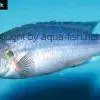 Mbuna
Mbuna 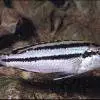 Parallel
Parallel 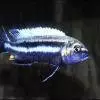 Purple
Purple 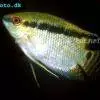 Flag
Flag 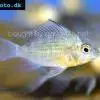 Bolivian
Bolivian 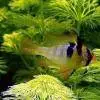 Ram
Ram 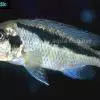 Basket
Basket  Haitian
Haitian 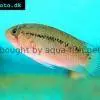 Zebra
Zebra 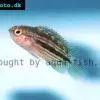 Striped
Striped 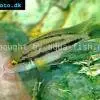 Neolamprologus
Neolamprologus 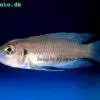 Brevis
Brevis  Fairy
Fairy 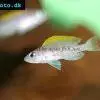 Neolamprologus
Neolamprologus 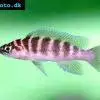 Cylindricus
Cylindricus 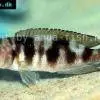 Hecq’s
Hecq’s  Neolamprologus
Neolamprologus  Lemon
Lemon  Mustax
Mustax  Daffodil
Daffodil  Six-bar
Six-bar 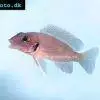 Five-bar
Five-bar  Marbled
Marbled 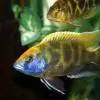 Giraffe
Giraffe 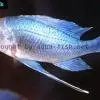 Blue
Blue  Sulphurhead
Sulphurhead 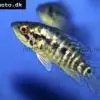 Wolf
Wolf  Jaguar
Jaguar 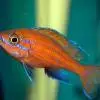 Blue
Blue  Marakeli
Marakeli 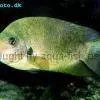 Madagascar
Madagascar  Pinstripe
Pinstripe  Pelmatochromis
Pelmatochromis 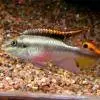 Kribensis
Kribensis  Striped
Striped 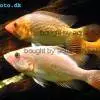 Red
Red 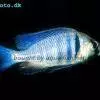 Deepwater
Deepwater 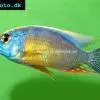 Fenestratus
Fenestratus  Nichols’
Nichols’ 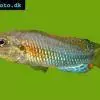 Southern
Southern  Bumble
Bumble 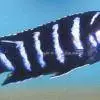 Demason’s
Demason’s  Slender
Slender 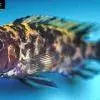 Red
Red  Mbuna
Mbuna 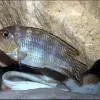 Malawi
Malawi  Kenyi
Kenyi 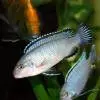 Powder
Powder 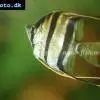 Altum
Altum  Angelfish
Angelfish  Angelfish
Angelfish  East
East  Juba
Juba  Earth
Earth 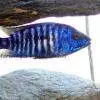 Electric
Electric  Azure
Azure 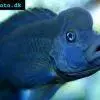 Lionhead
Lionhead  Discus
Discus  Blue
Blue 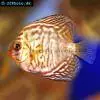 Zebra
Zebra 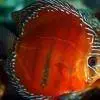 Red
Red 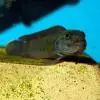 Brichard’s
Brichard’s 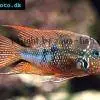 Blue
Blue  Firemouth
Firemouth 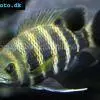 Zebra
Zebra 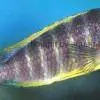 Blue
Blue 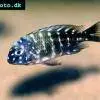 Dwarf
Dwarf 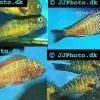 Blunthead
Blunthead 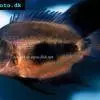 The
The 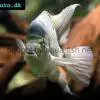 White
White 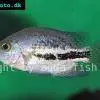 Twoband
Twoband 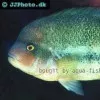 Fenestratus
Fenestratus 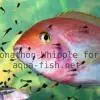 Window
Window  Southern
Southern  Tailbar
Tailbar  Black
Black 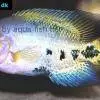 Redhead
Redhead 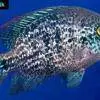 Oaxaca
Oaxaca  Xenotilapia
Xenotilapia